More Than Just Lemons
Download the articleLemons are used all over the world and are deeply established in the Argentine citrus production. They are natural products which offer numerous benefits and have a variety of uses.
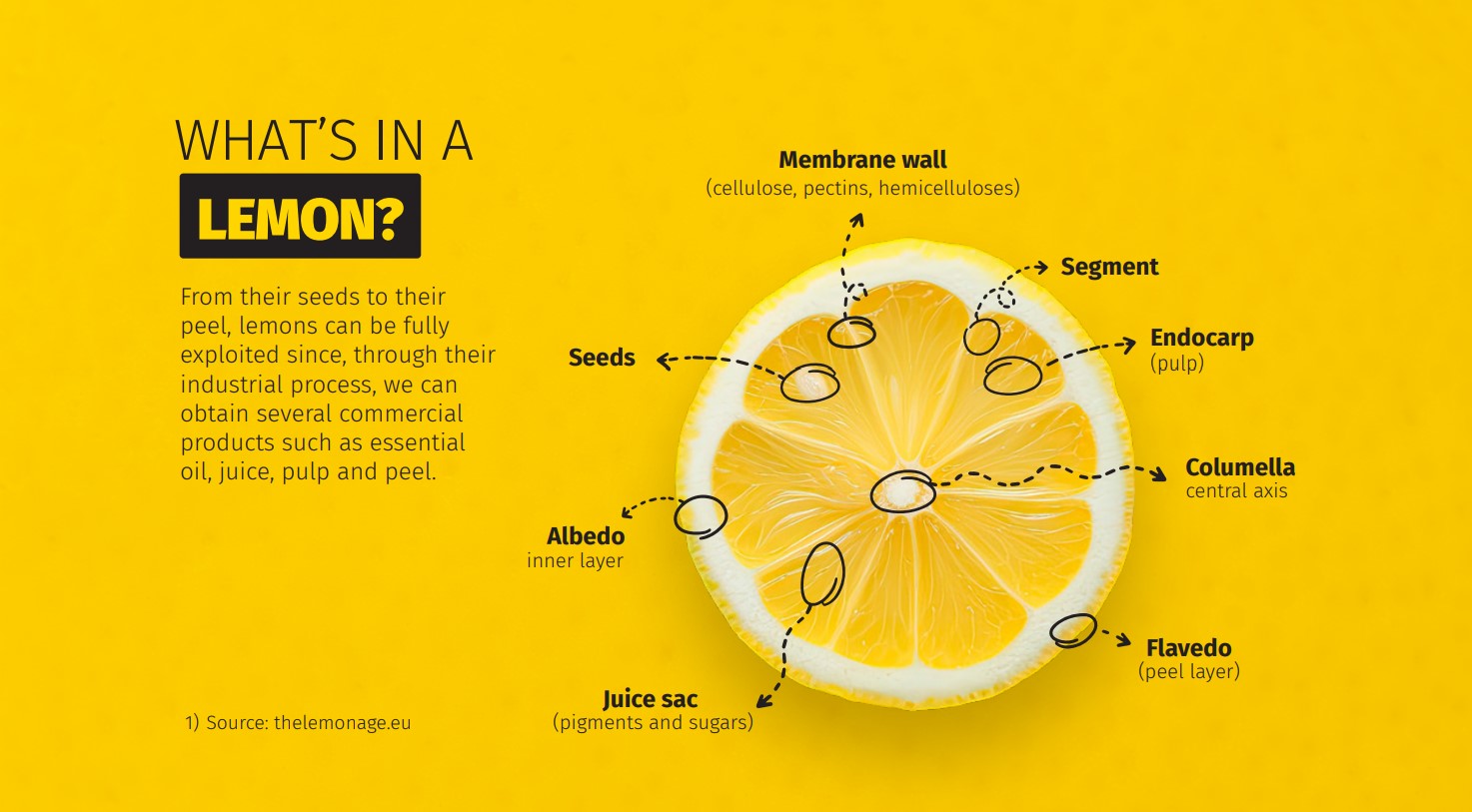
Flavedo (peel layer)
Based on ripeness, their colours can range from green to bright yellow. This part is characterized by the presence of glands containing essential oils which give lemons their unique aroma.
Albedo (inner layer)
White and spongy. It is the most important source of pectins and carbohydrates. Its thickness varies based on the variety and ripeness of the lemon.
Columella (central axis)
The central part of lemons. Depending on the lemon variety, it can be thicker or thinner.
Endocarp (pulp)
The edible part of lemons represents between 65% and 70% of the lemon’s weight and it is pale yellow. It is generally divided into segments containing cells where water, carbohydrates, and citric acid accumulate, forming juice sacs. Each segment contains hundreds of sacs, and occasionally there may be a seed.
Seeds
They are also edible and are rich in proteins, vegetable oil and fibre; that is why they are used in food production and in the nutraceutical industry.
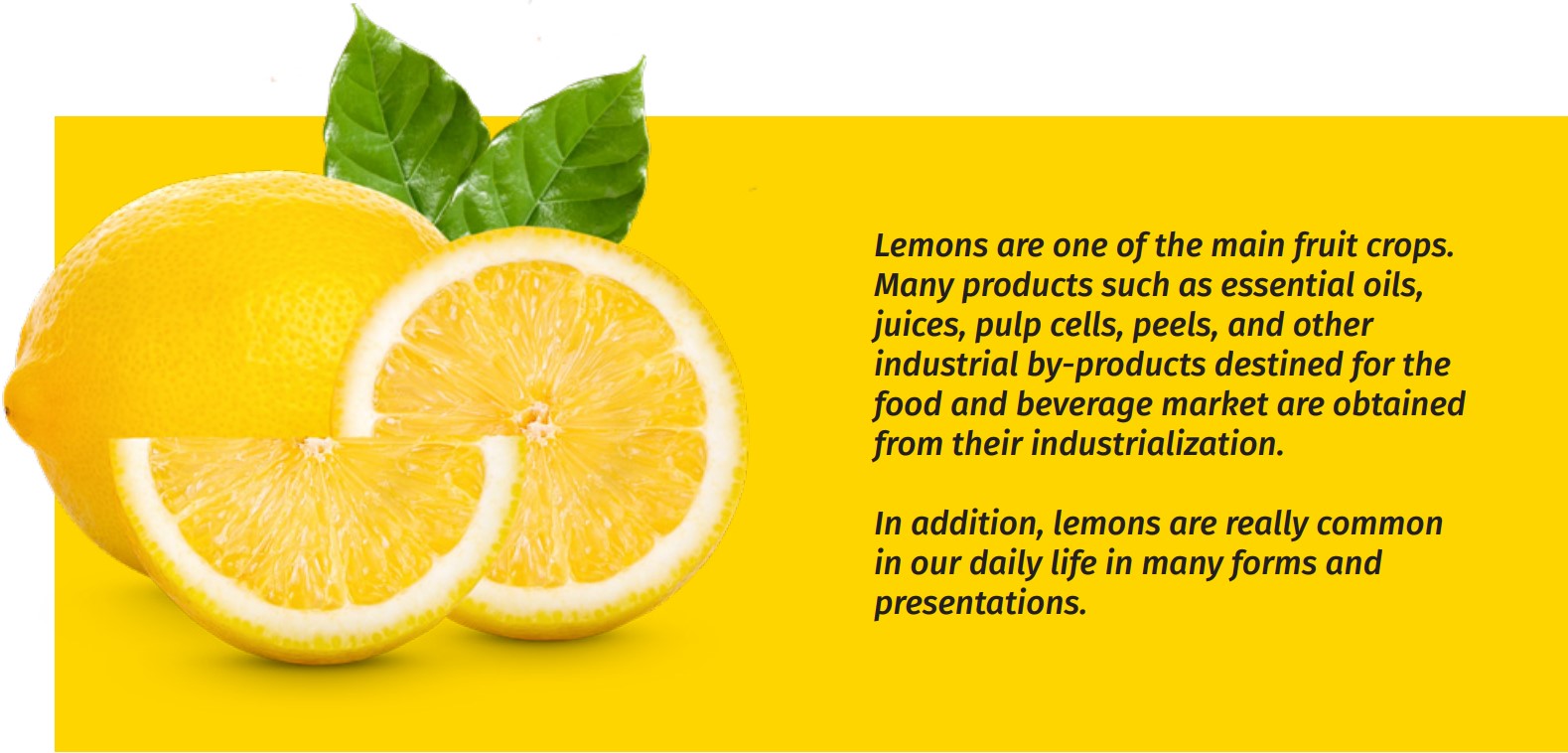
Did you know...?
Having a glass of lemon water every morning can bring additional benefits since it helps incorporate part of the vitamin C that our body needs daily (it provides between 20 and 60 mg of vitamin C per each 100 ml of juice)2.
Vitamin C is a potent antioxidant that, among other functions, protects our body from the damage caused by free radicals.3 Besides, it provides our body with a great amount of flavonoids, which have been thoroughly studied due to its antioxidant, citotoxic, anti-carcinogenic, antiviral, antibacterial, cardioprotective, anti-inflammatory and neuroprotective properties.4
Lemons contain between 7% and 10% of citric acid, and they are characterized by their powerful antibacterial, anti-inflammatory and healing properties in damaged or irritated skins.
This fruit is a highly valued cooking ingredient due to its unique sour flavour added to meals. In addition, the ascorbic acid in citrus fruits is commonly used as an additive in bread making to make dough more elastic, increase its volume, and obtain a clearer and more brilliant crust and a softer center.5
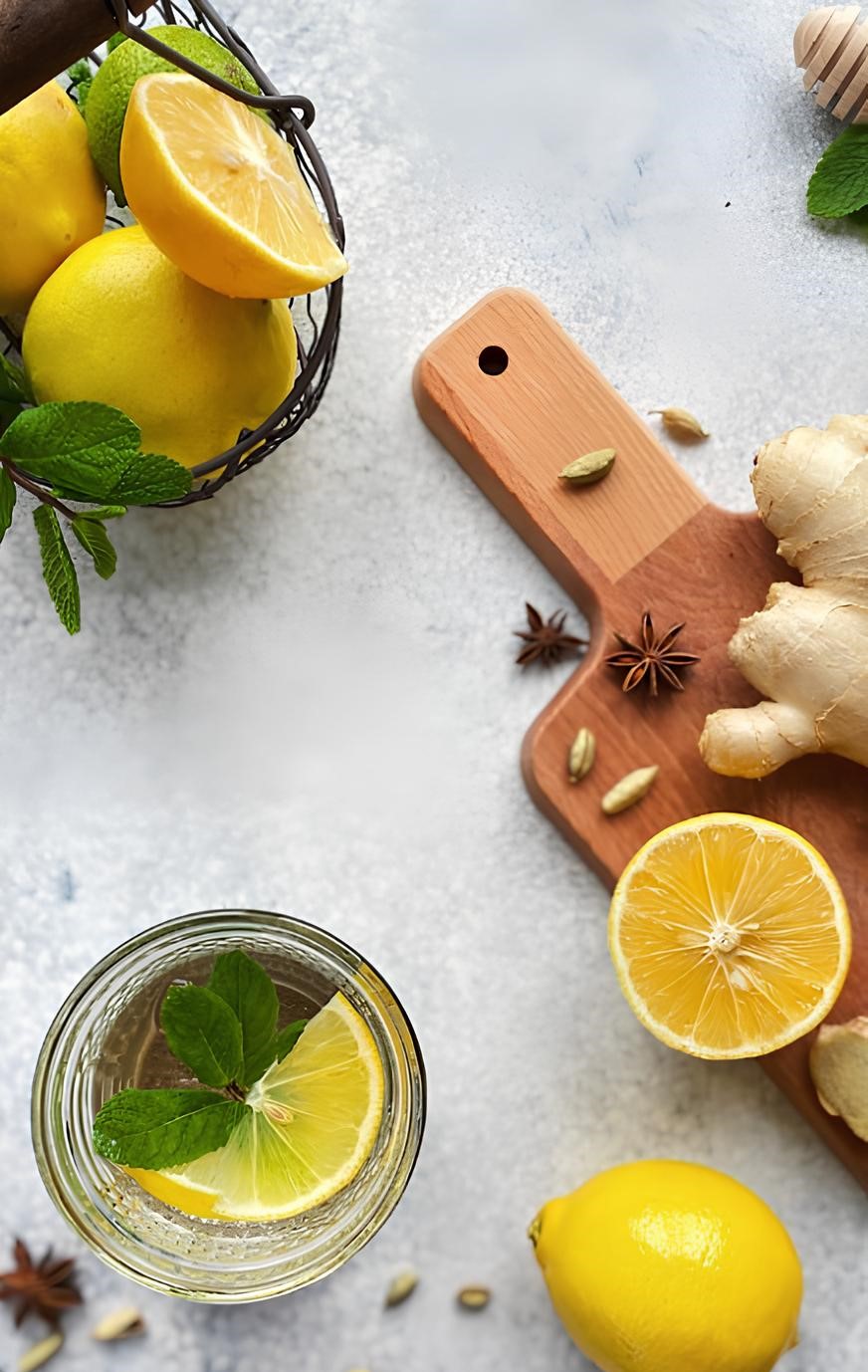
Lemon Industrialization
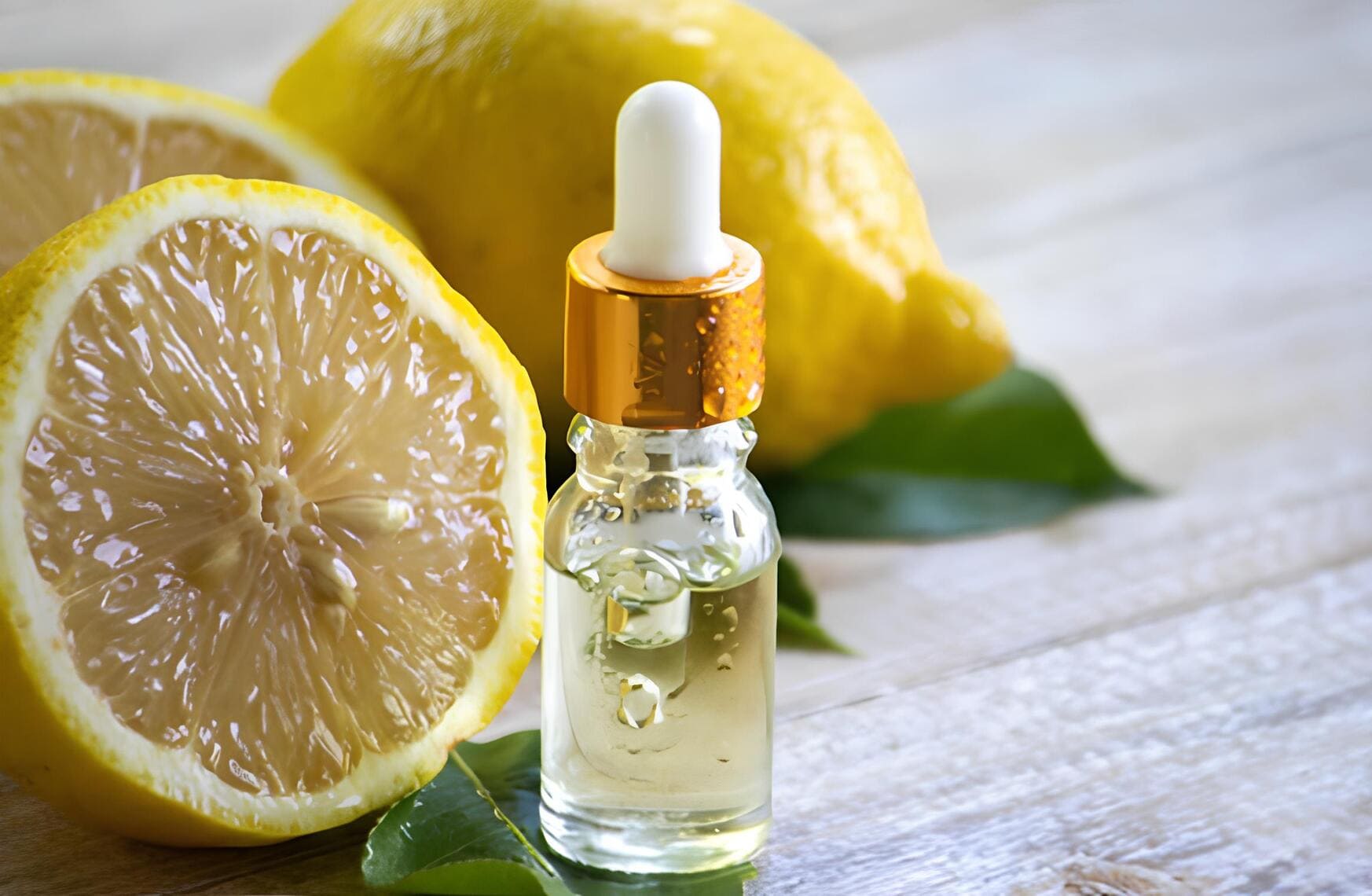
Essential oils
Essential oils are obtained by punching a hole in the lemon peel. This process is carried out in a water tank, where an emulsion is obtained with the oil released, thus preventing it from being released into the atmosphere. The water and the oil are then separated in a filtration and centrifugation process. Later, insoluble compounds, known as waxes, are extracted through a cold sedimentation and then filtration process, which results in refined oil, known as “cold-press”.
Natural juice
Natural juice is obtained by squeezing the lemon in extractor machines. Later, this juice is filtered, its pulp is removed, and it is pasteurized. In order to obtain concentrated juices, the natural juice also undergoes an evaporation process. The clarified liquid undergoes an ultrafiltration process before the concentration stage. Finally, juices are cooled, packed and frozen at temperatures below -18 ° C.
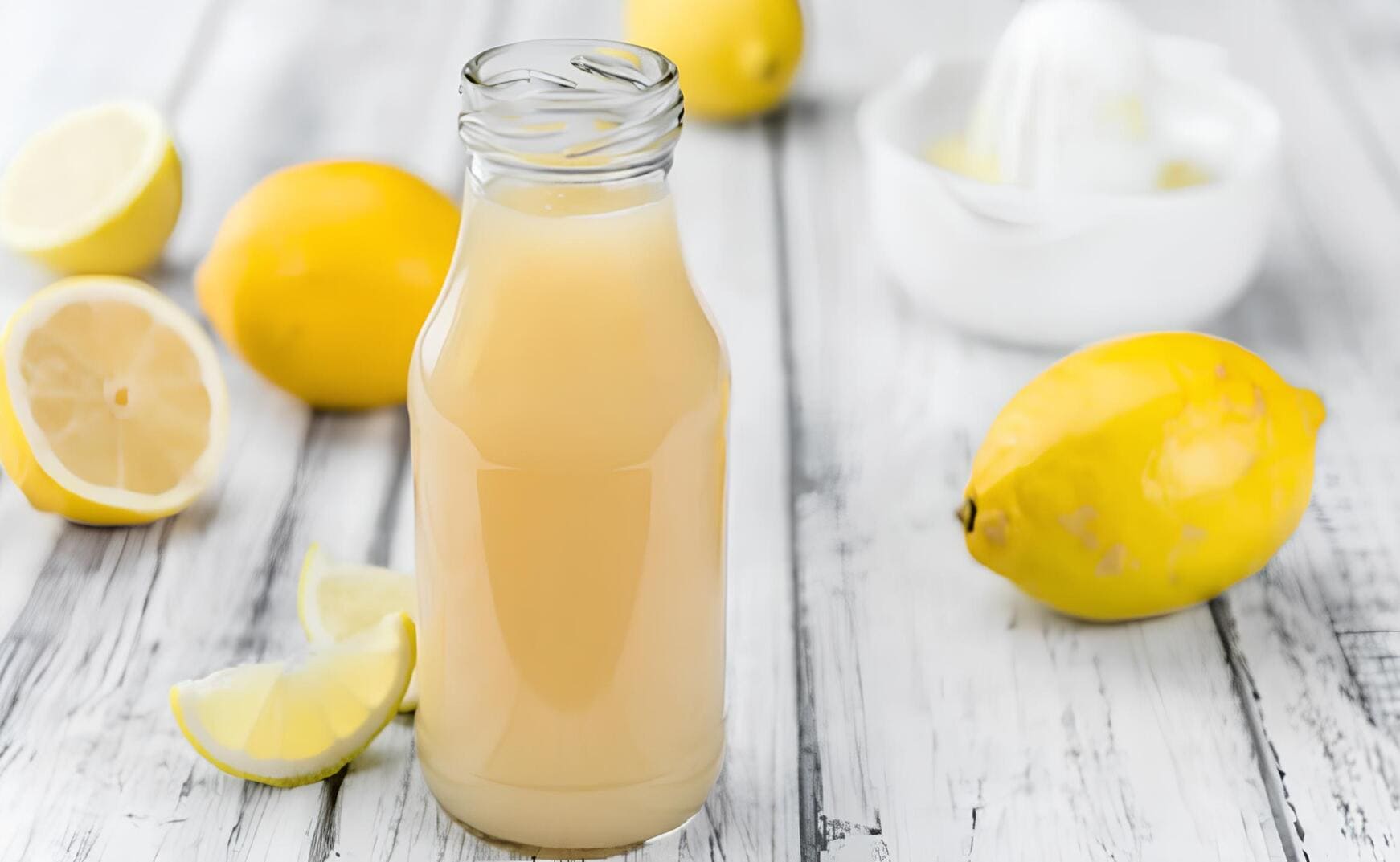

Pulp cells
Pulp cells are obtained from the juice after the first stage of filtration, where seeds and pomace are separated. After removing the cells’ particles or defects by means of hydrocyclones, they are filtered once again and concentrated at 50%. Later, the pulp is pasteurized and concentrated at over 80%. Finally, it is packed and stored in cooling chambers at temperatures below -18 °C.
The peel
Once the oil and the juice have been extracted, the peel undergoes a trituration, washing, dripping and pressing process, and then it is dehydrated in rotating furnaces. Finally, it is compacted and packed. This product is sold as raw material to obtain pectins, which are used as binding agents in food manufacturing.
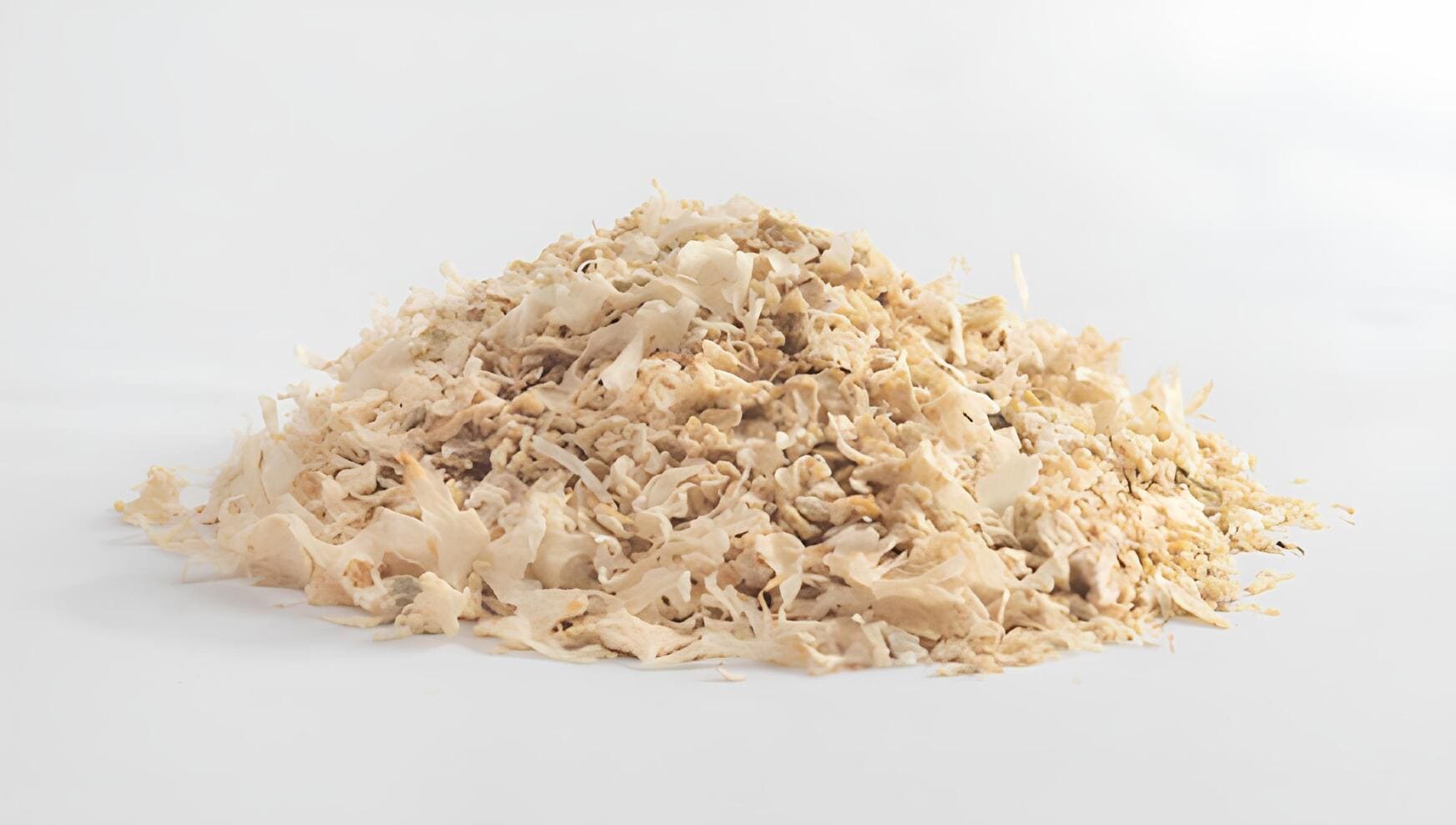
References:
- thelemonage.eu
- “Vitamin C and the Role of Citrus Juices as Functional Food”
- “The Second Life of Citrus Fruit Waste: A Valuable Source of Bioactive Compounds”
- Medical News Today – “Benefits of drinking lemon water”
- "Elaboración de un desodorante orgánico a base de extractos de plantas", Jessica Oderay Pagalo Tacuri

